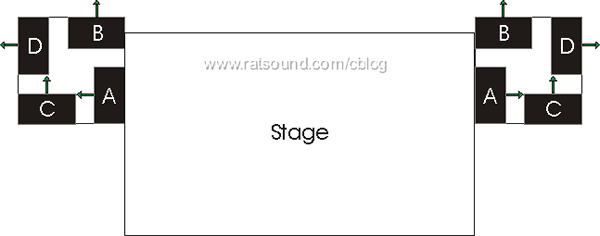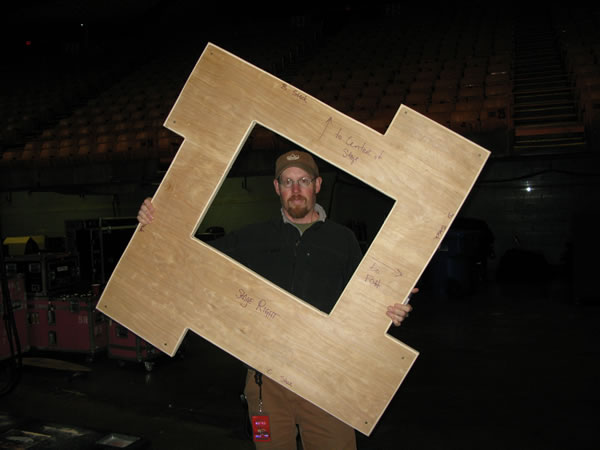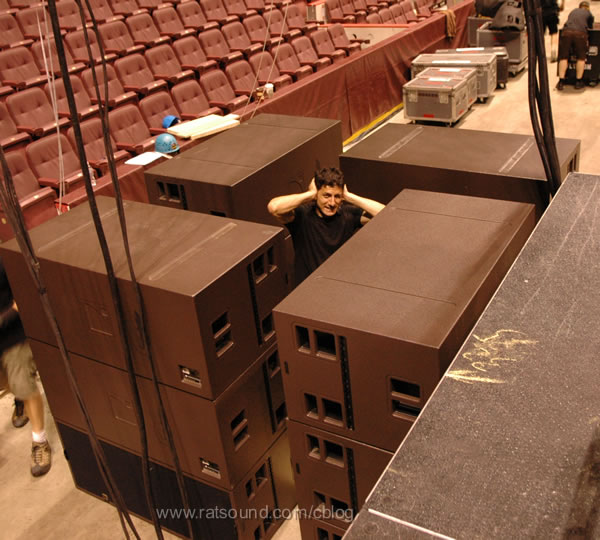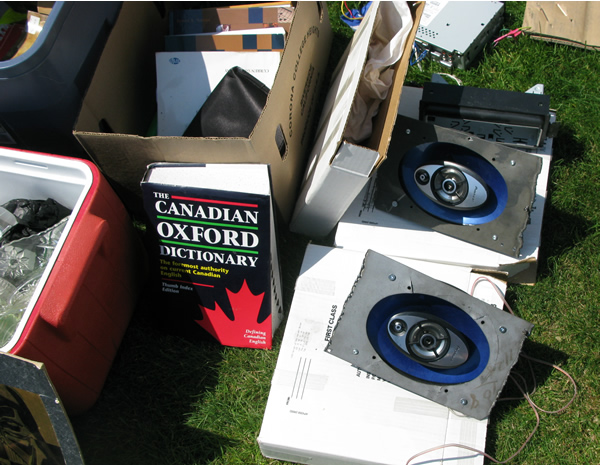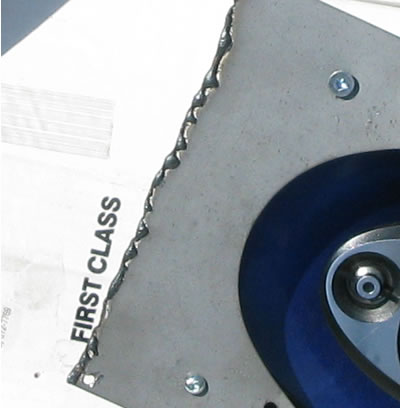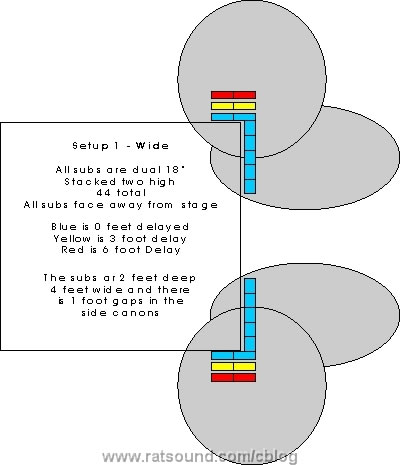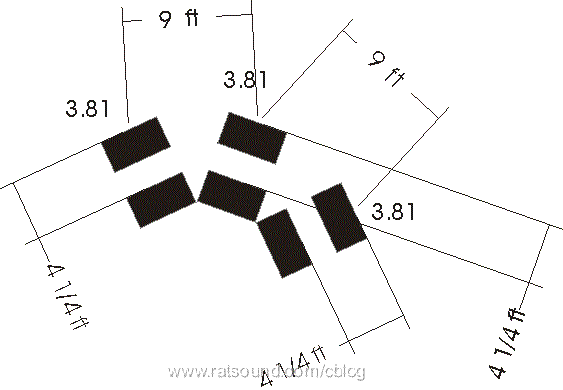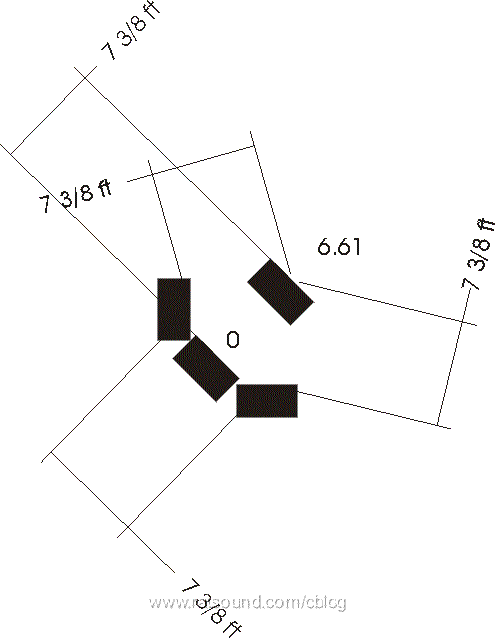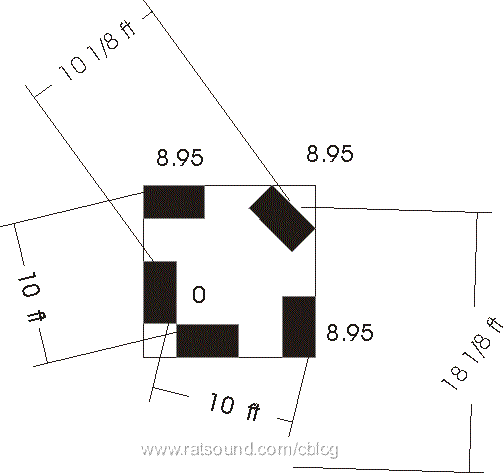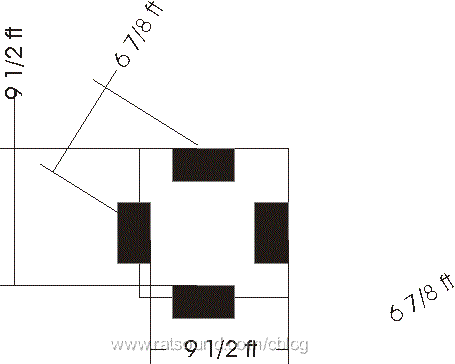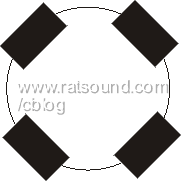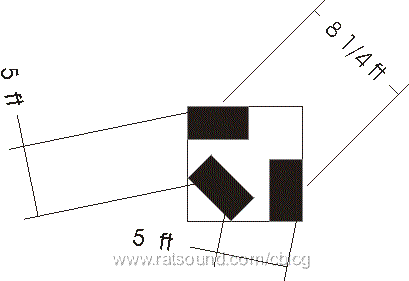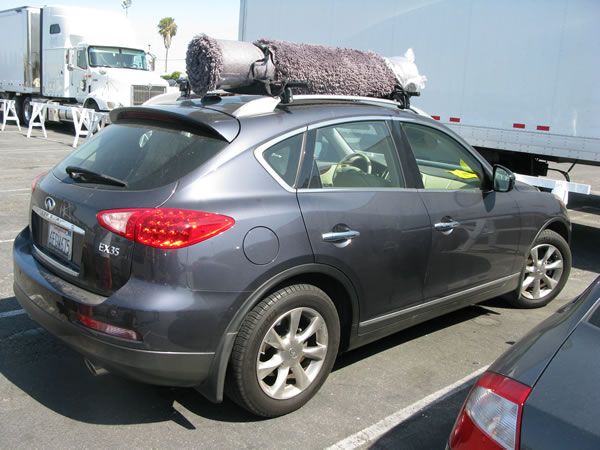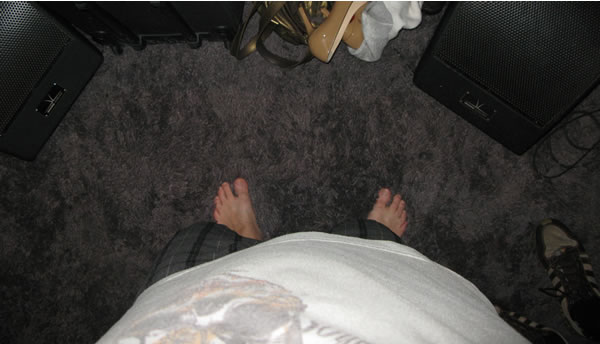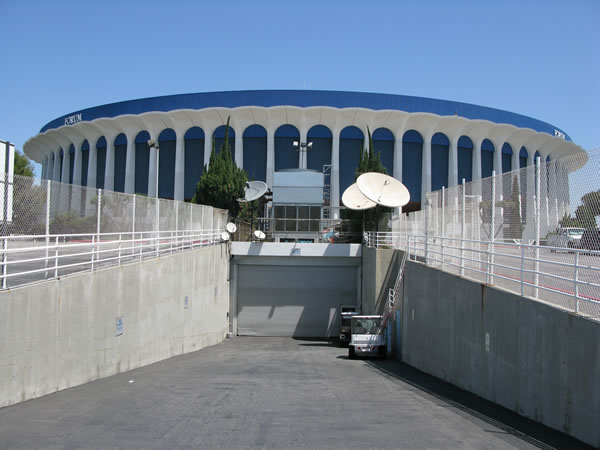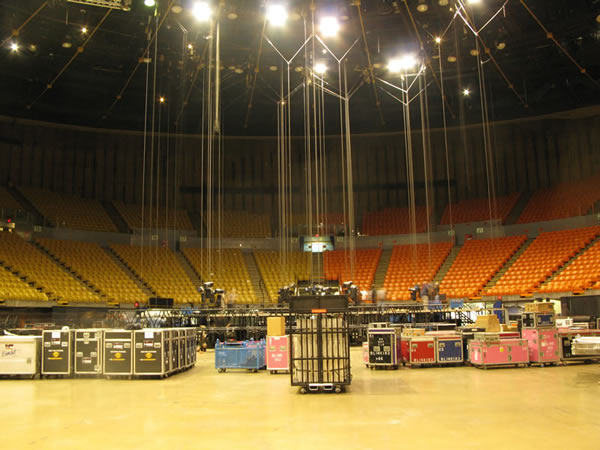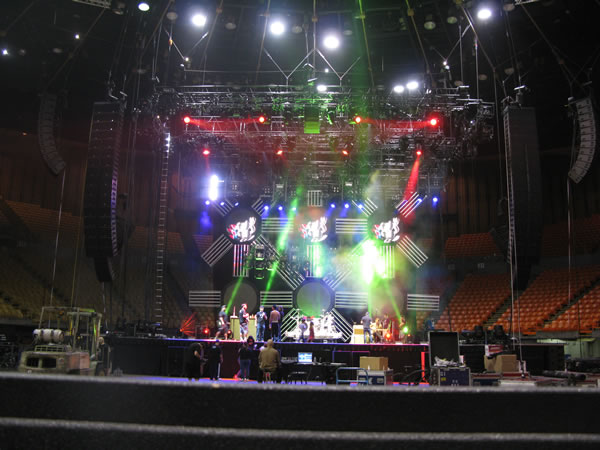Big Tools
Jones Beach. I remember the first time I ever did a show here was Lollapalooza 1992, the first of two shows went on with out a hitch but for the second show our little friend Hurricane Andrew decided to drop by for a visit and lay a category 5 wind and rainstorm on top of all the wires, speakers, lights and humans. Talk about torrential downpour! I have some old video of it somewhere that have been meaning to post. Pretty intense seeing the lights and PA swinging and mashing into each other. Big chunks of gear blowing over into foot deep puddles flowing in a cascading waterfall off the stage while sideways rain blows away tents and any attempt to protect the not so thirsty gear.
So I have settled into two subwoofer designs and hope to be able to flow one or the other into the rest of the tour gigs. The Vortex or Orgasmatron setup gives me a bit more control over coverage and allows me to disperse low end over a very wide area. Also the Vortex gives me excellent rejection on stage and directly behind the subs. Our other setup which I guess I will call the Slotfire Cannon. It is similar to the Sub Cannons I used to fire to the sides of the arena's on Peppers tour but they take up less depth, are more efficient and offer a bit better control. Being four feet deep and about 14 feet wide, the Slotfire should be able to drop into most sheds fairly easily. The has quite good control over widening coverage but offers very little cancellation behind the arrays. So for venues that have a wall behind the subs, the Slotfire is a good way to go. Conversely the Vortex work best if there is open space behind them.
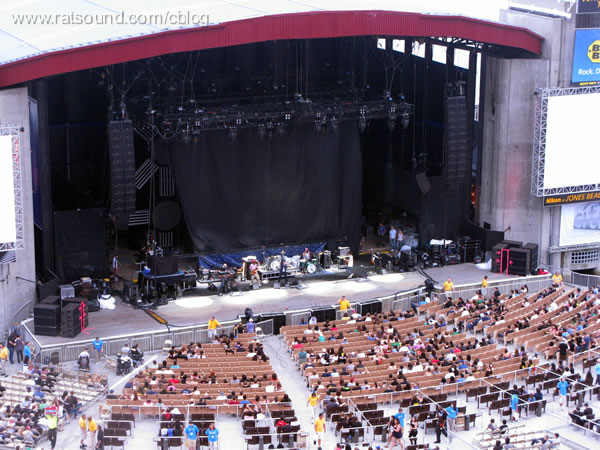
Perhaps you noticed we spun the Vortex (Orgasmatrons) 45 degrees? Ahh for this gig it gave us better sighlines, so therfore better placement downstage and a bit more control. So here is the basics of the Slotfire setup as done morning of the show;
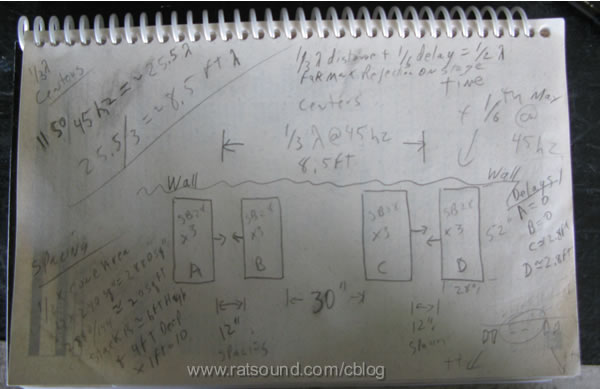
The theory on the Slotfire is to space two acoustic centers at 1/3 of a wavelength of the desired center frequency. For this I chose 45hz due to the sub design and program material I am sending, so about 8.5 feet or so. Then if I delay the outside acoustic source by 3.6 to 7.2, I gain a tremendous amount of control to steer the low end to the outside. Zero time delay gives me a figure 8 pattern, which I do not need as I want to steer outward and reduce power alley. Here are some simple predictions for one side
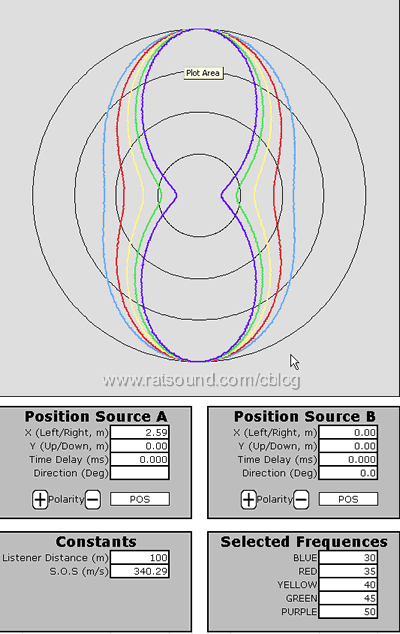
A 3.6 ms delay is 1/6 wavelength at 45 hz so if you apply that to the outside subs and add that to the 1/3 wavelength physical spacing, we get that 1/2 wavelength virtual spacing that gives nice cancellation towards the stage and steers low frequencies outward
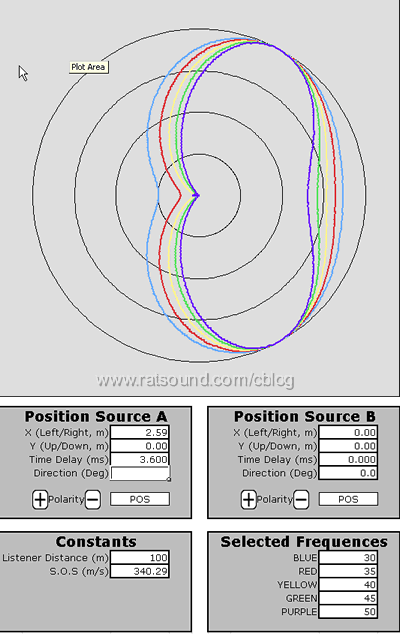
And as we increase delay further it steers more outward.
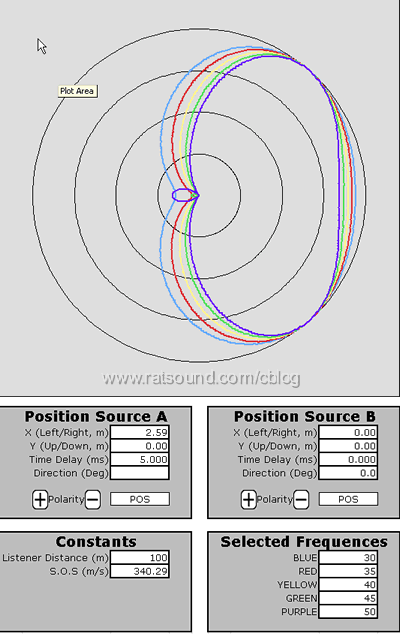
So super simply I can control how wide the coverage is while reducing power alley, just by adding delay.
The trick though to get this all to work efficiently is to create two nice LF point sources with the subs. Ahhh, and that is where the super cool part comes. Because to get an 8.5 spacing of acoustic centers with 4 foot wide boxes means the stacks would only be 6" apart. Basically one big wall with some time delay mushing it up, which is lame and boooring! So what I did was to point the subs at each other with 12" spacing. Now I have two very clean 12" wide acoustic centers to work with. And wow! This setup kicks butt!
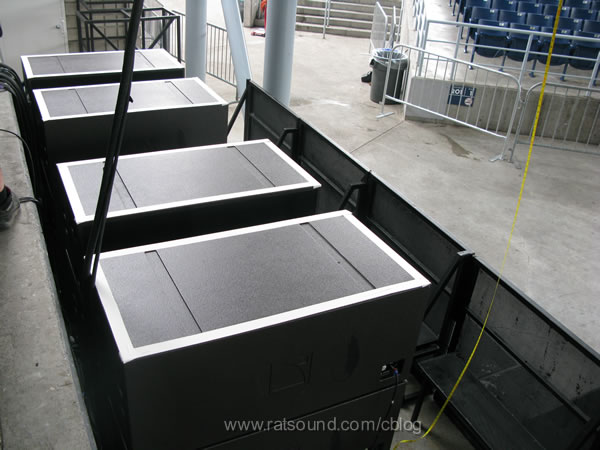
The sound of this setup is really solid and powerful, more so than the Vortex. But, keep in mind, the Vortex offers more control. If I setup the Slotfire in an arena, poor Steve and everyone else behind the subs would be completely obliterated. Never forget that the key is using the right tool for the right job.
Haa! I got to be the guinea pig for the flying drum riser test drive!
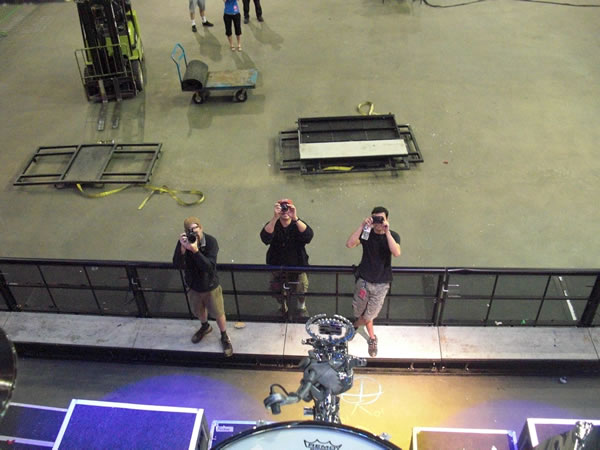
I think this was Montreal
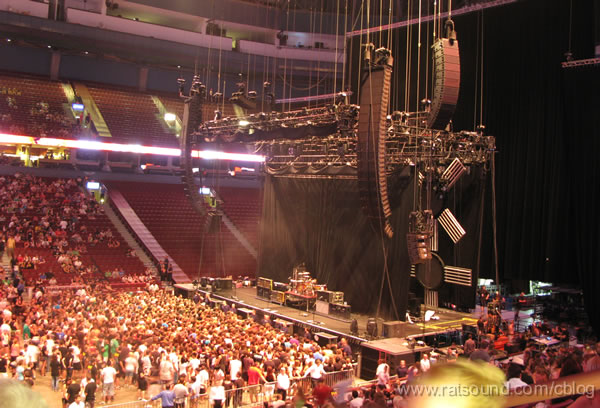
May as well start introducing the awesome Rat crew out here putting up with my antics. Meet Jim, also known as Ice, not sure why but hey, nicknames rule. He is my FOH tech and the one who directly gets my world dialed in. I do put a lot responsibility on my tech, and really appreciate him keeping it together. Oh, Nick the Fly was out here but he went back to home world and was the front end guy that helped me get my wacky designs all dialed in.
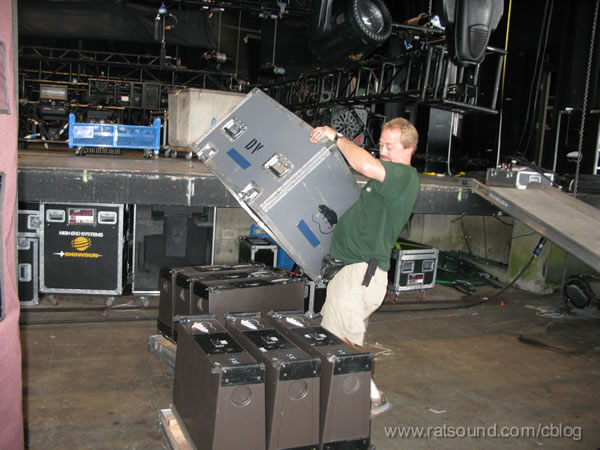
This is Robert, he rocks the stage wire world
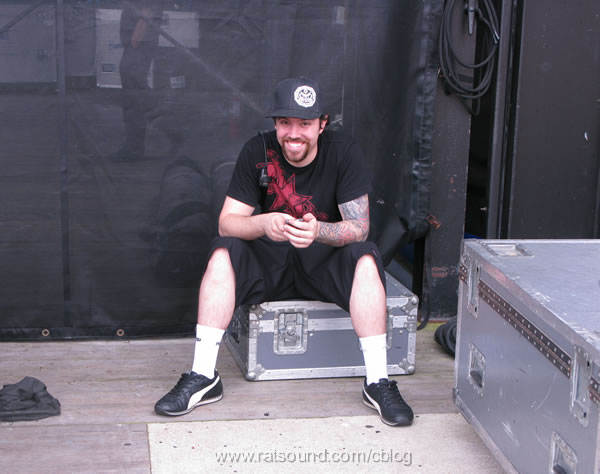
Scott Sugden (top left) came out for a few days to hang with us and Roz (working with Scott) is our laser room measuring K1 system design guru now that Nick is gone.
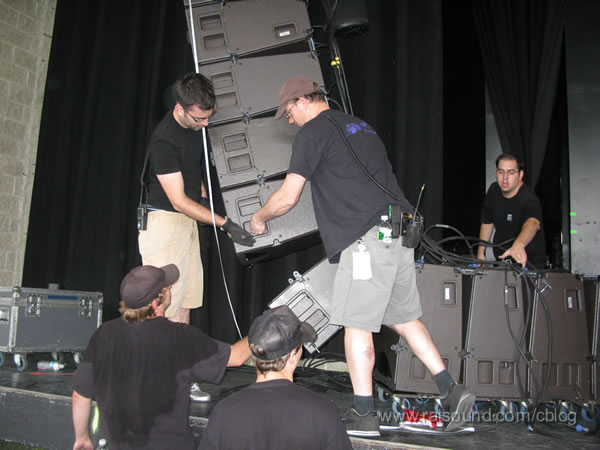
Manny is out here too promoting corn chips mainly but I think he does some PA setting up as well.
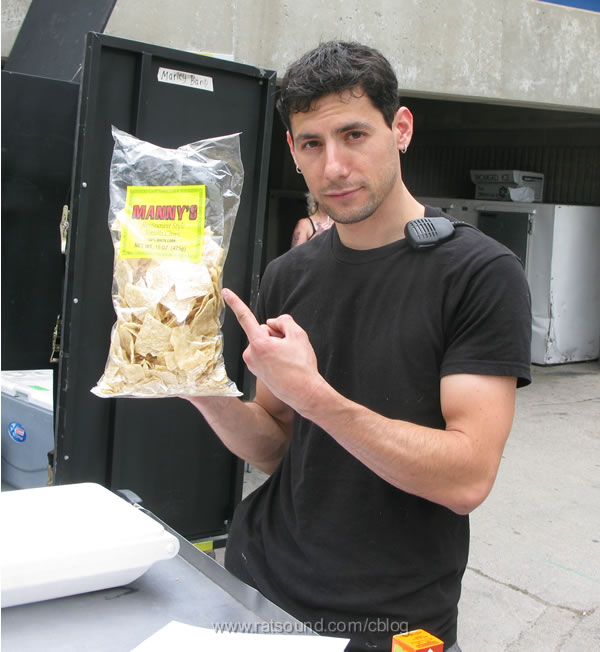
Re ran the orgasmatrons at Jones Beach. Good news is Mark Hoppus went inside during the show. Bad news is he tripped over the strap that holds them together and fell inside with his bass on mid show. Fortunately he did the party roll and landed on his back and seemed ok.
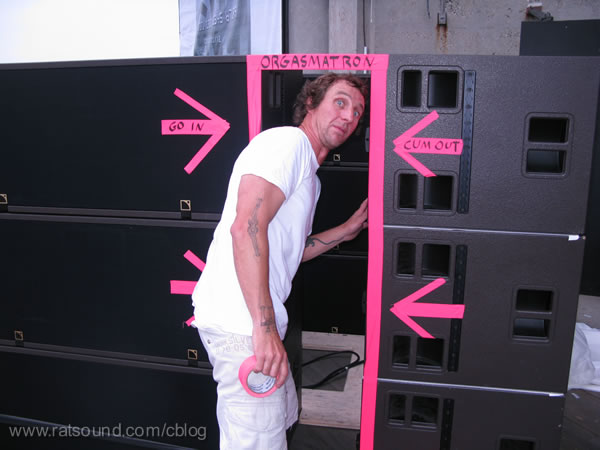
Hello Me
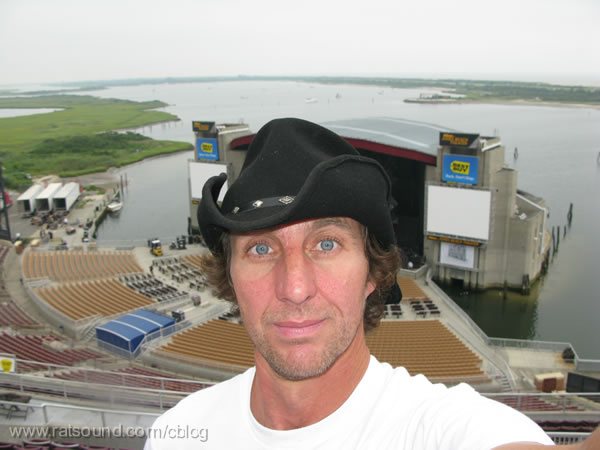
Jessica is our wonderful production assist and awesome to work with.
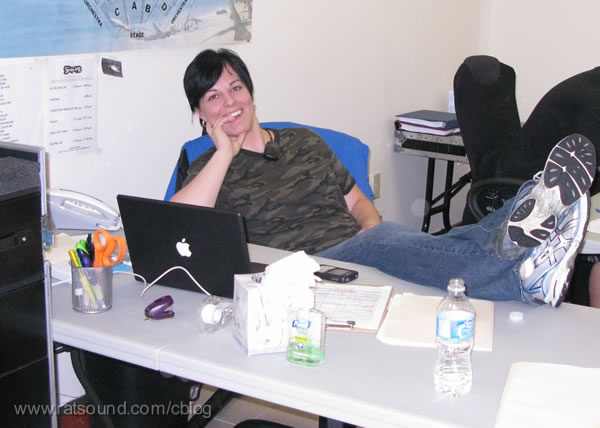
May as well toss some show shots in the mix
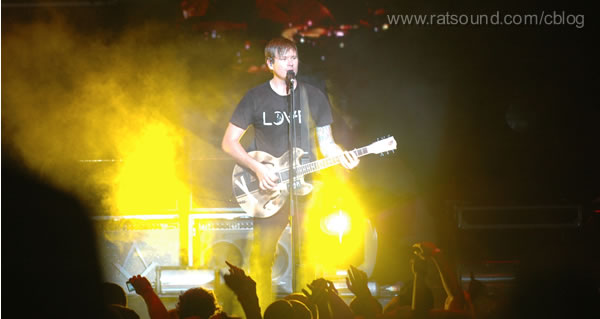
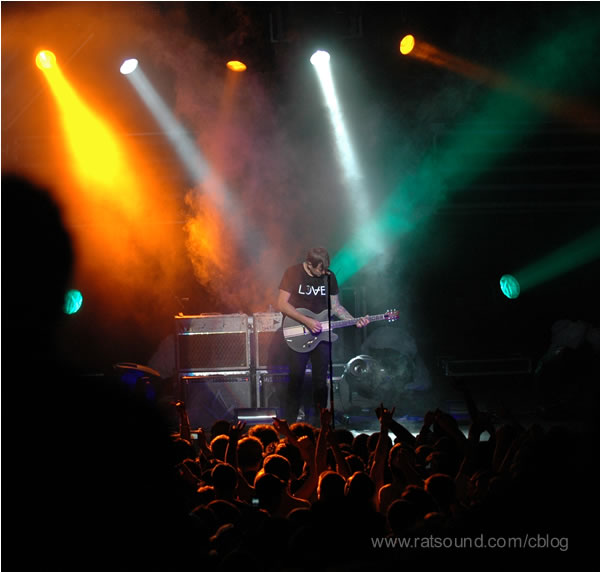
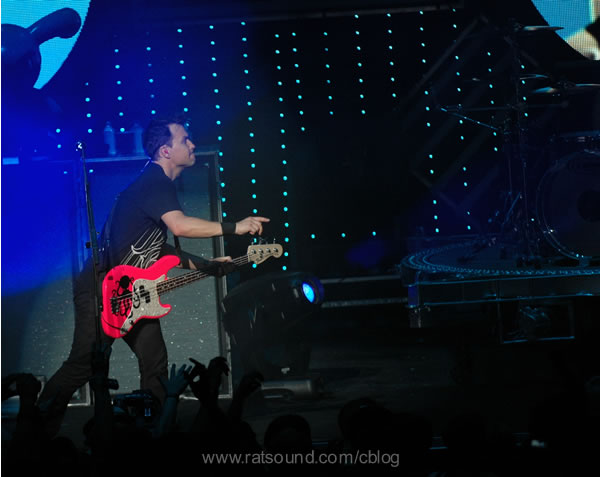
After the gig, we Blink fans all hang out waiting for the band.
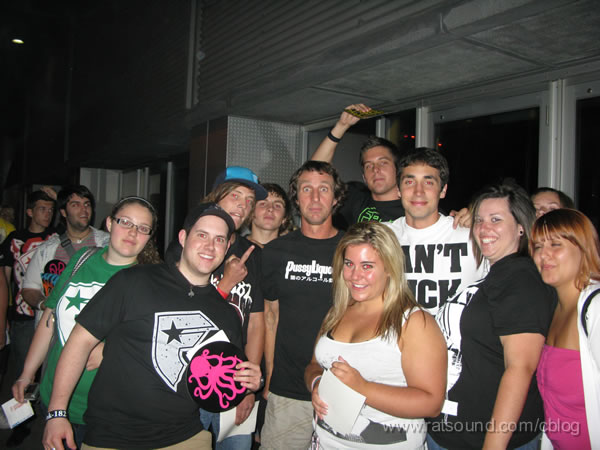
Not really related but some say Pigeons are like flying rats, so I figured I would toss some props out to our flighty friend here.
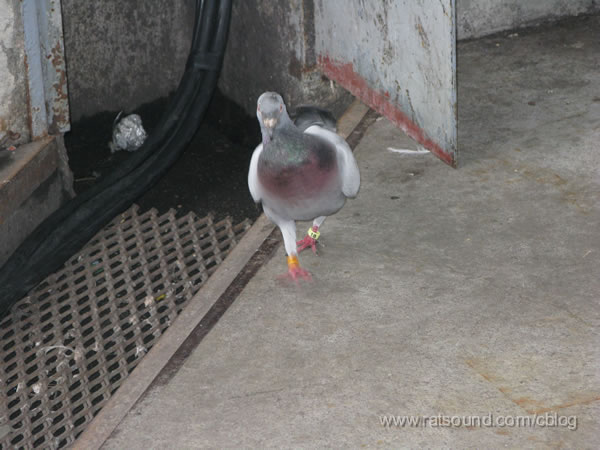
Okey dokey artichokey. See ya soon for more brain twisting adventures soon.
Dave Rat
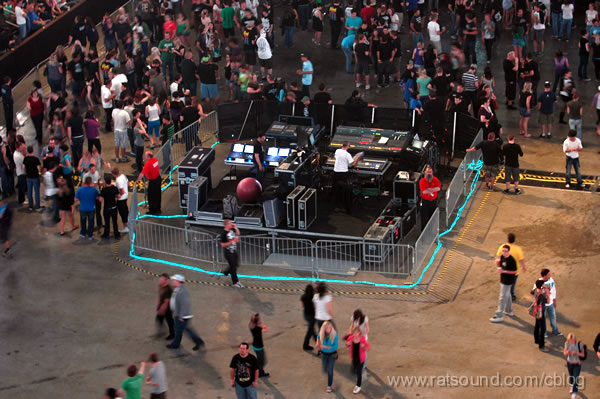
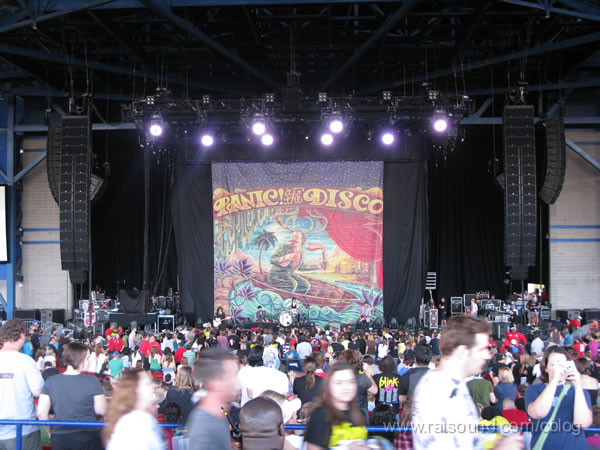
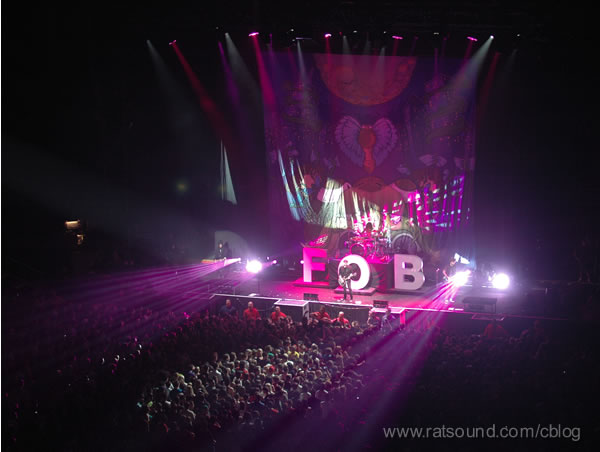
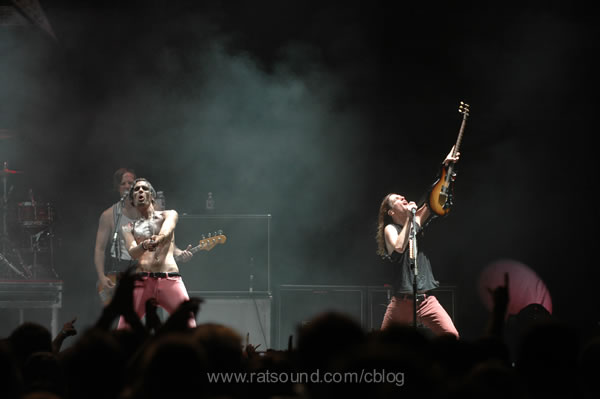
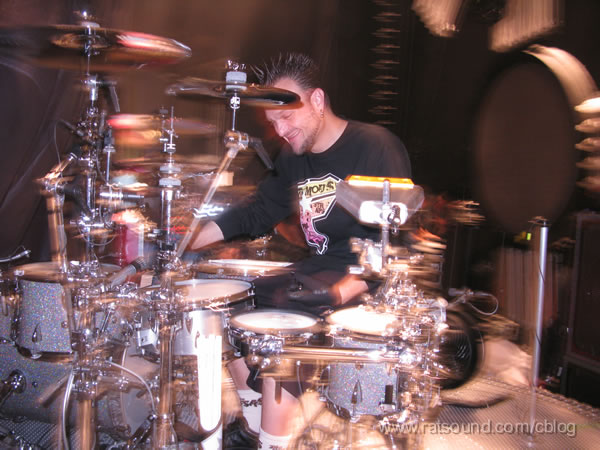
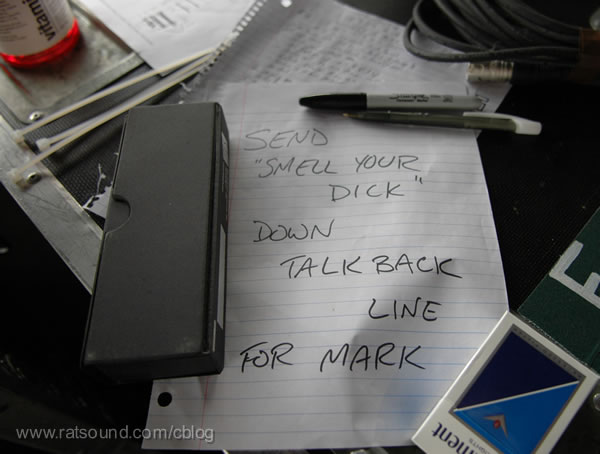
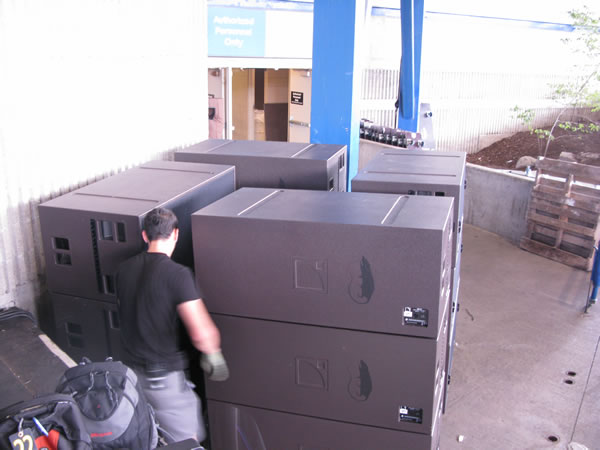
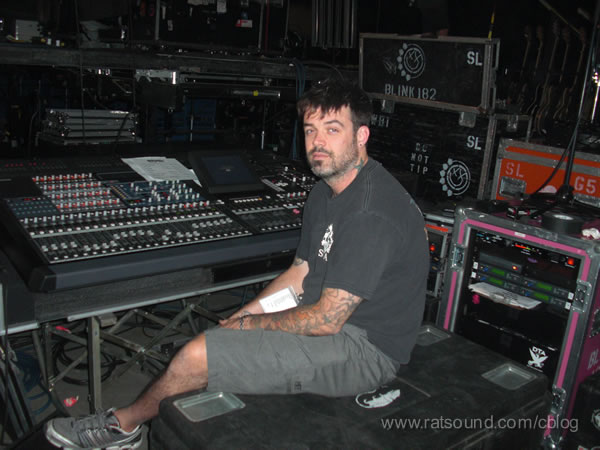
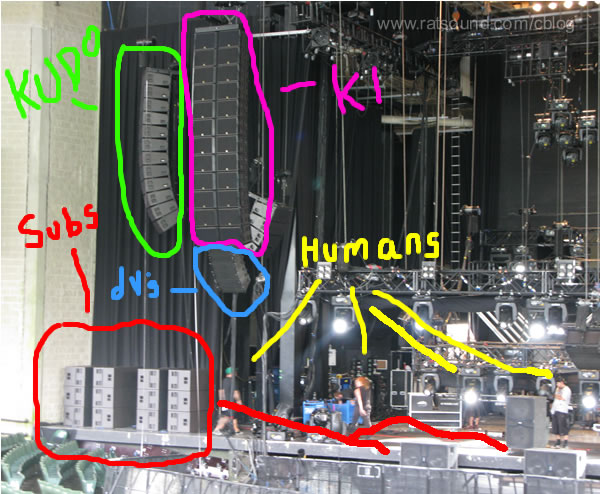
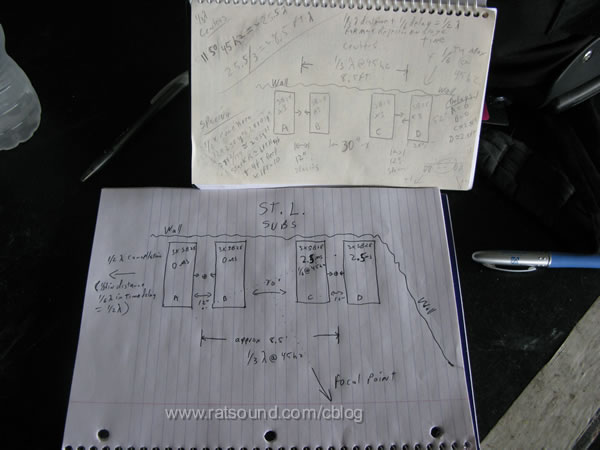
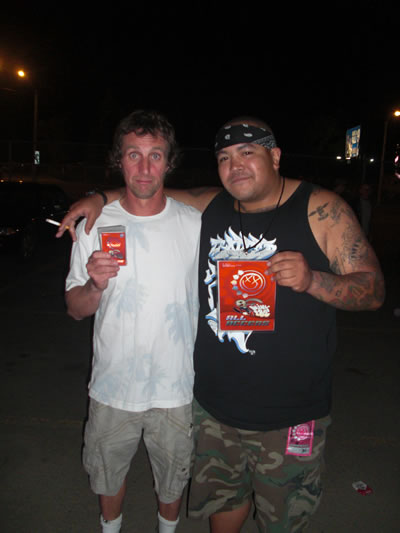
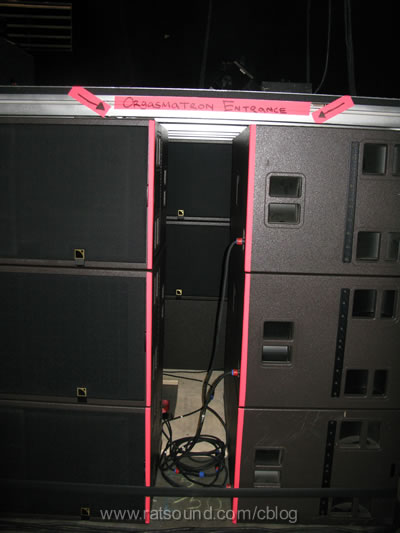
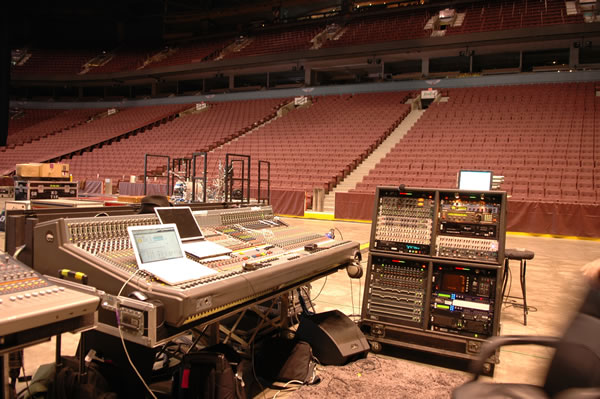
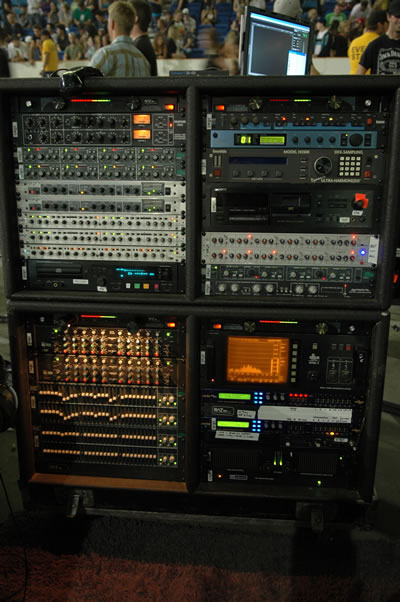
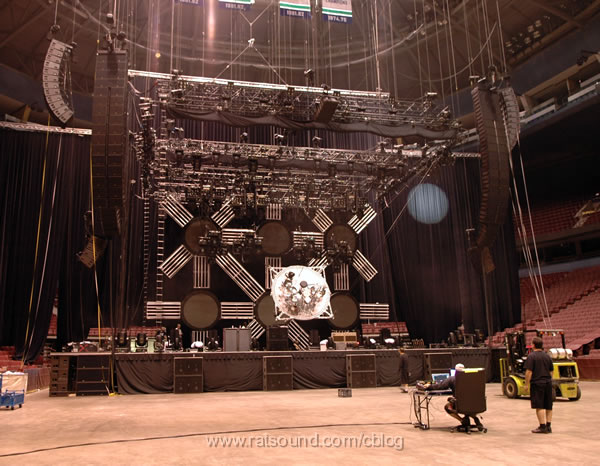
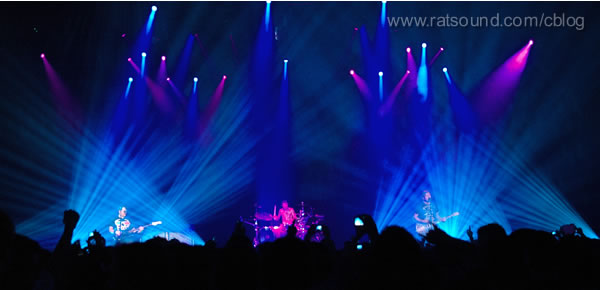
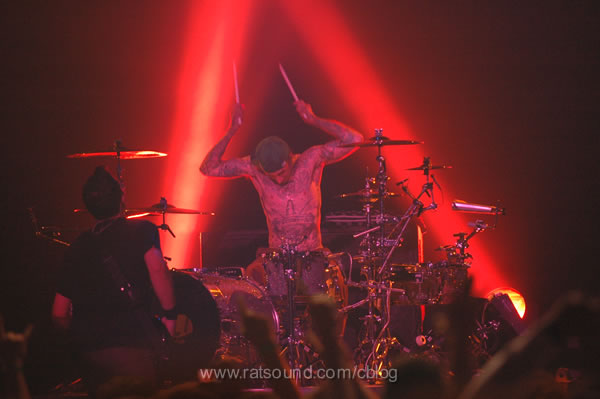
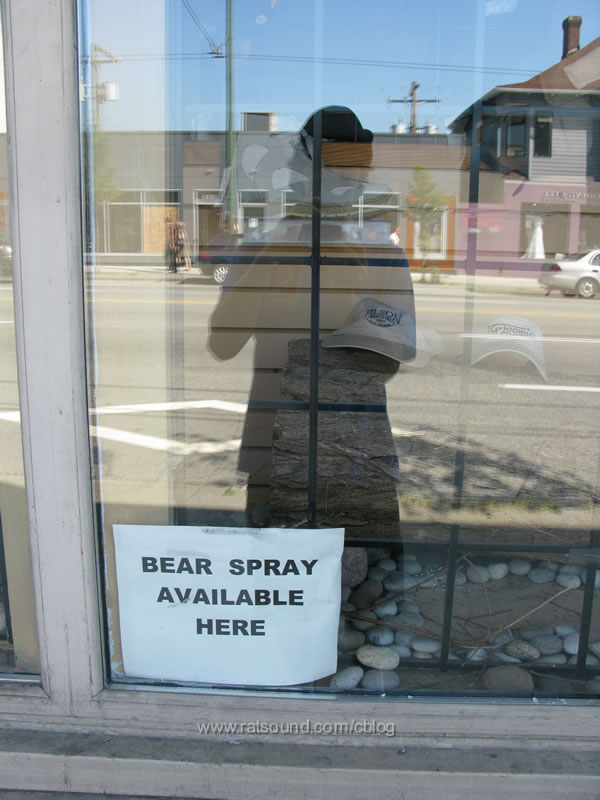
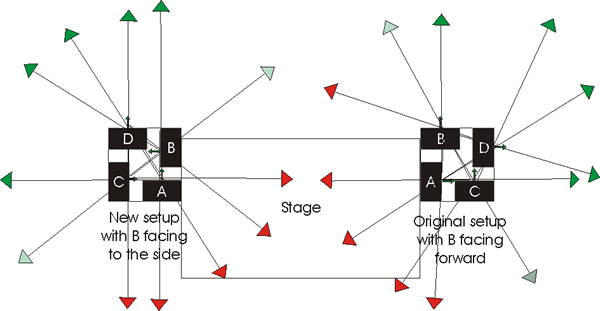
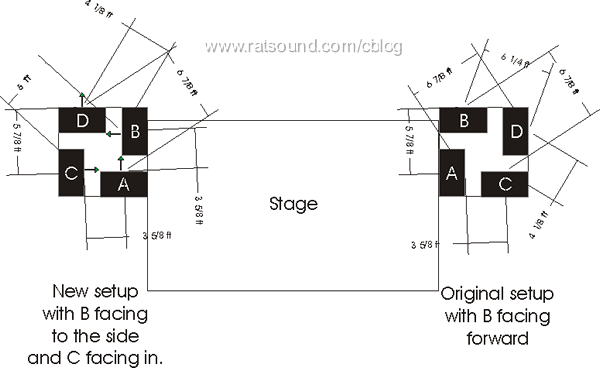
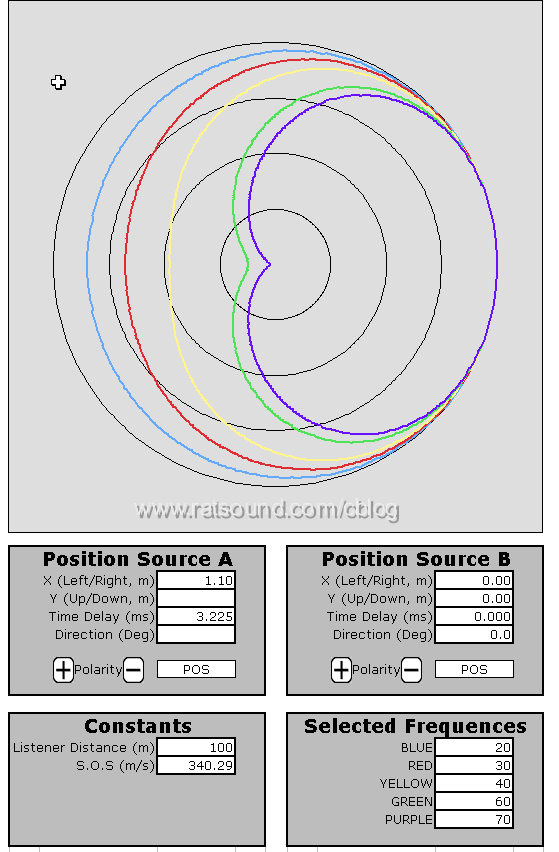
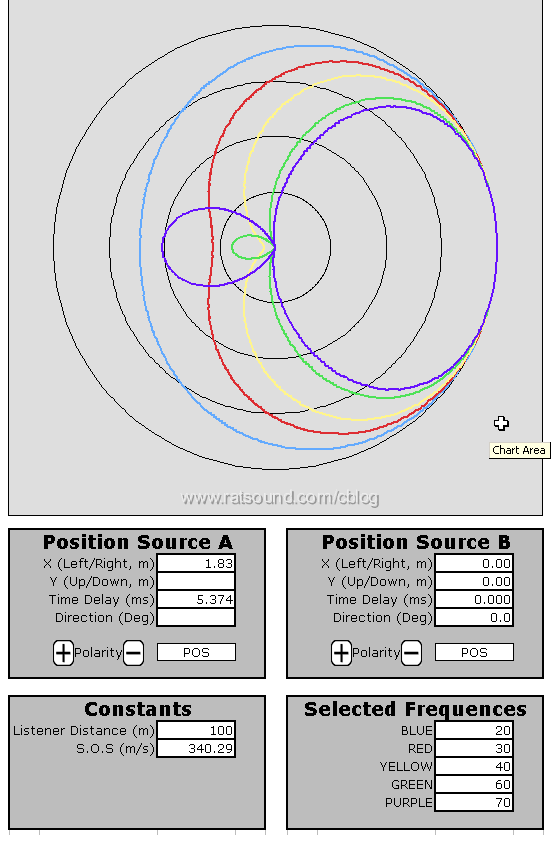
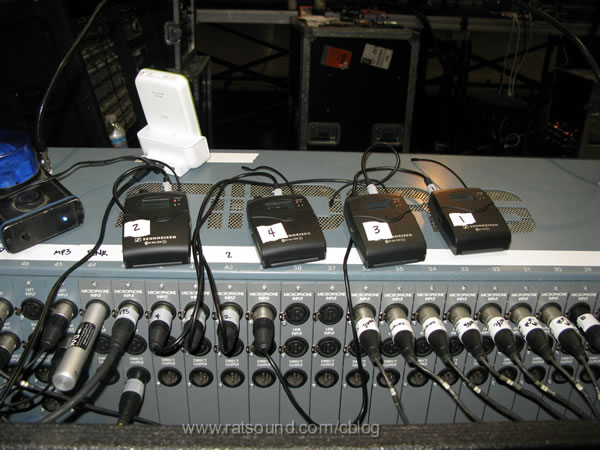
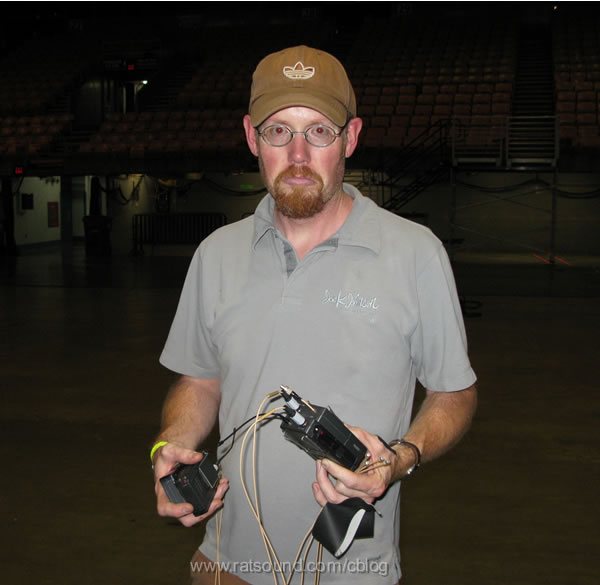
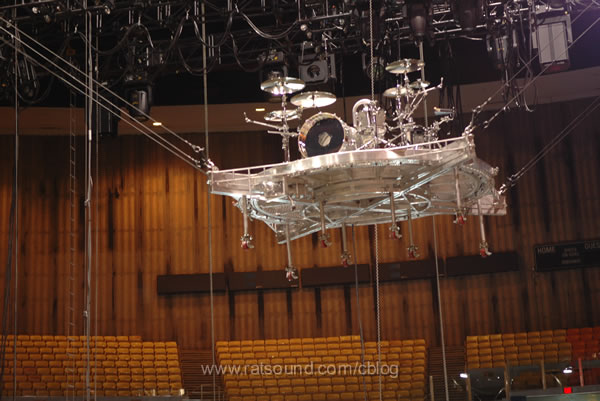
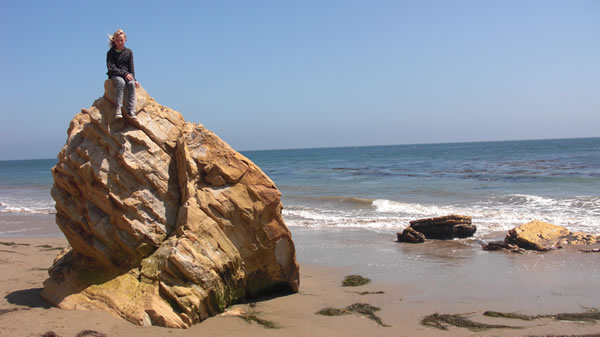
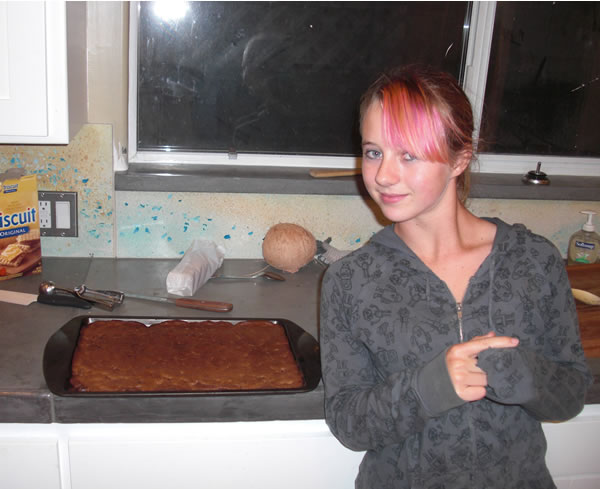
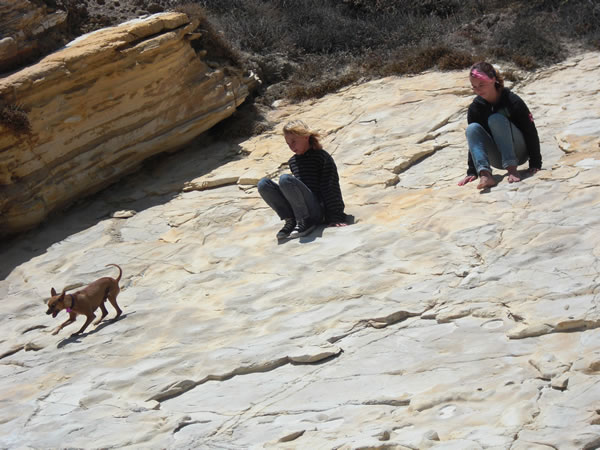
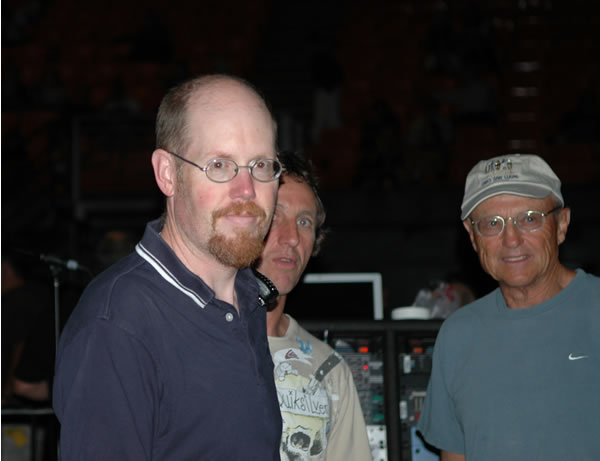
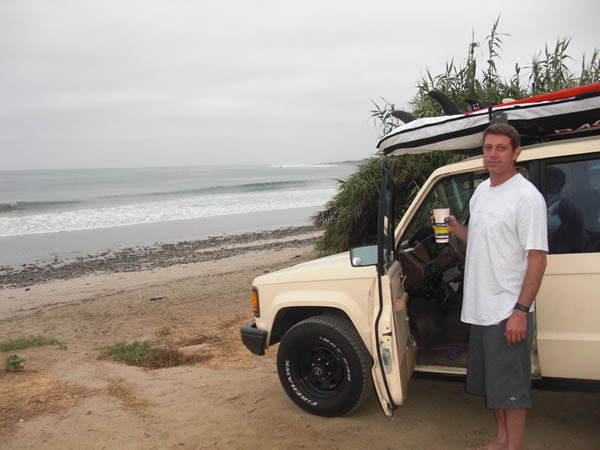
27_taco.jpg)
